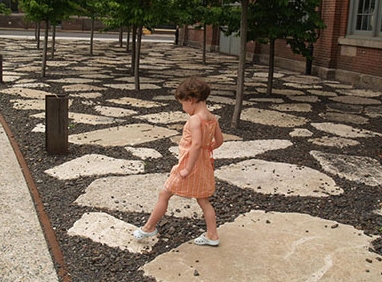Dirt Landscape Architecture: Transforming the Ground Beneath Our Feet
Dirt landscape architecture is gaining recognition as a sustainable and innovative field focused on the natural elements of our environment. This approach emphasizes the importance of soil, topography, and the various materials that make up our landscapes. Understanding dirt landscape architecture not only enhances our appreciation of outdoor spaces but also promotes eco-friendly practices in design and construction.
The Power of Soil in Landscape Design
Soil is often overlooked in traditional landscape design, yet it plays a fundamental role in plant growth and ecosystem health. A well-structured soil can capture and filter water, providing essential hydration for plants while minimizing runoff. Techniques such as soil amendments and proper grading can enhance soil quality, promoting biodiversity and creating resilient landscapes. By recognizing soil as a vital component, landscape architects can design spaces that thrive naturally and sustainably.
Topography: Sculpting the Natural Terrain
Topography refers to the arrangement of the natural and artificial features of an area, which can significantly influence landscape design. Landscape architects utilize variations in elevation to create visually striking and functional spaces. By incorporating slopes, ridges, and depressions, designers can facilitate water drainage, improve views, and offer diverse microclimates. This thoughtful manipulation of the land encourages a harmonious relationship between built structures and natural elements, enhancing the overall user experience.
Sustainable Practices in Dirt Landscape Architecture
Sustainability is at the forefront of dirt landscape architecture, focusing on eco-friendly practices that respect the earth. Techniques such as xeriscaping—designing landscapes that reduce irrigation—are being embraced to minimize water usage. Additionally, using local materials reduces transportation emissions and enhances the connection to the regional environment. By prioritizing sustainability, landscape architects create spaces that not only look beautiful but also contribute positively to the ecosystem and local community.
In conclusion, dirt landscape architecture merges artistry with environmental stewardship, encouraging us to rethink the way we interact with our outdoor spaces. By focusing on soil, topography, and sustainable practices, this field offers exciting opportunities for creating landscapes that are both functional and beautiful. Whether you’re a budding designer or an enthusiast, exploring the principles of dirt landscape architecture can inspire a greater appreciation for the world around us. Dive deeper into this fascinating subject and discover how you can contribute to a greener future!

